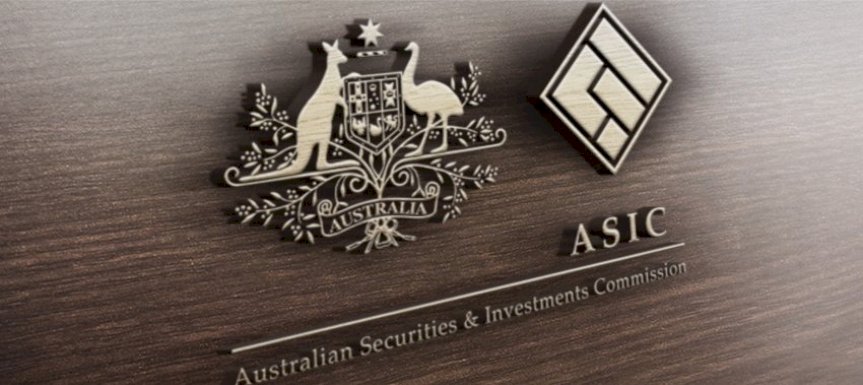
The financial services regulator has responded to concerns that it has substantially upped its levies, outlining that it needs the extra funds to cover its post-royal commission enforcement activities.
Last week, the Australian Securities & Investments Commission (ASIC) released a summary of its actual regulatory costs and actual levies for the year 2019-20.
ASIC confirmed its regulatory costs to be recovered through industry funding levies for the 2019-20 year were $320.331 million, slightly below its original estimation of $324.5 million (but markedly up from $273 million in 2018-19).
Of this, the 4,653 credit intermediaries (such as brokerages and aggregation groups) will be charged a total of $6.892 million.
This comprises a minimum levy of $1,000 plus $61.76 per credit representative and is markedly down on the regulator’s previous estimates of the indicative levy being $1,000 plus $138.68 per credit representative.
As such, the total levy for regulating credit intermediaries in 2019-20 is far below the estimated $10.1 million outlined last year.
Levy invoices are due to be issued “shortly”, ASIC said, but added that it was “acutely aware of the challenges facing many businesses due to COVID-19 and is committed to working with regulated entities facing difficulties paying industry funding levies”.
“ASIC will consider waivers due to the impact of COVID-19 on a case-by-case basis.”
The regulator also updated its final 2019-20 Cost Recovery Implementation Statement (CRIS) this month to include some of the feedback that arose during consultation on the draft document published in June 2020.
In the updated CRIS, the regulator noted that some of the main issues raised by the respondents included concerns around the design of the industry funding model, inconsistency in certain fee amounts, the increase in levies and the allocation of budgeted costs to different activities, and the visibility of cost allocations for sectors and subsectors.
These issues were largely raised by players in the accountancy, financial planning and superannuation industries.
ASIC has defended the levies, commenting its regulatory work “continues to align with the recommendations of the royal commission, which has resulted in increased enforcement, supervision and surveillance costs”.
It said: “Our strategic planning framework includes a threat, harm and behaviour framework to identify, describe and prioritise actual and potential harms that need to be addressed. This framework supports how we plan our regulatory action and allocate our regulatory costs across different subsectors and different regulatory tools...
“We are committed to engagement and guidance, and acknowledge that they may help to reduce enforcement and surveillance in the long term,” ASIC noted.
“However, as a conduct regulator, ASIC continues to focus on engagement and surveillance activities, consistent with the recommendations of the royal commission. These activities involve higher costs than education and guidance.”
The regulator also outlined that while some had suggested that the ex post nature of the levies (i.e. levies are calculated after the business activity has occurred and regulatory costs have been finalised) continues to “create uncertainty and results in an inability to budget for the levies”, it stated that the government had undertaken “extensive consultation to develop and refine the industry funding model” and that any amendments to the model were “a matter for government policy and will require legislative change”.
[Related: ASIC levy to cost broking industry over $10m]